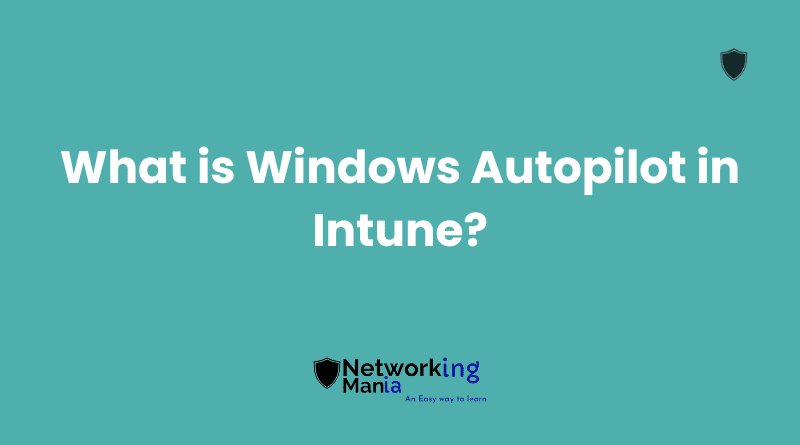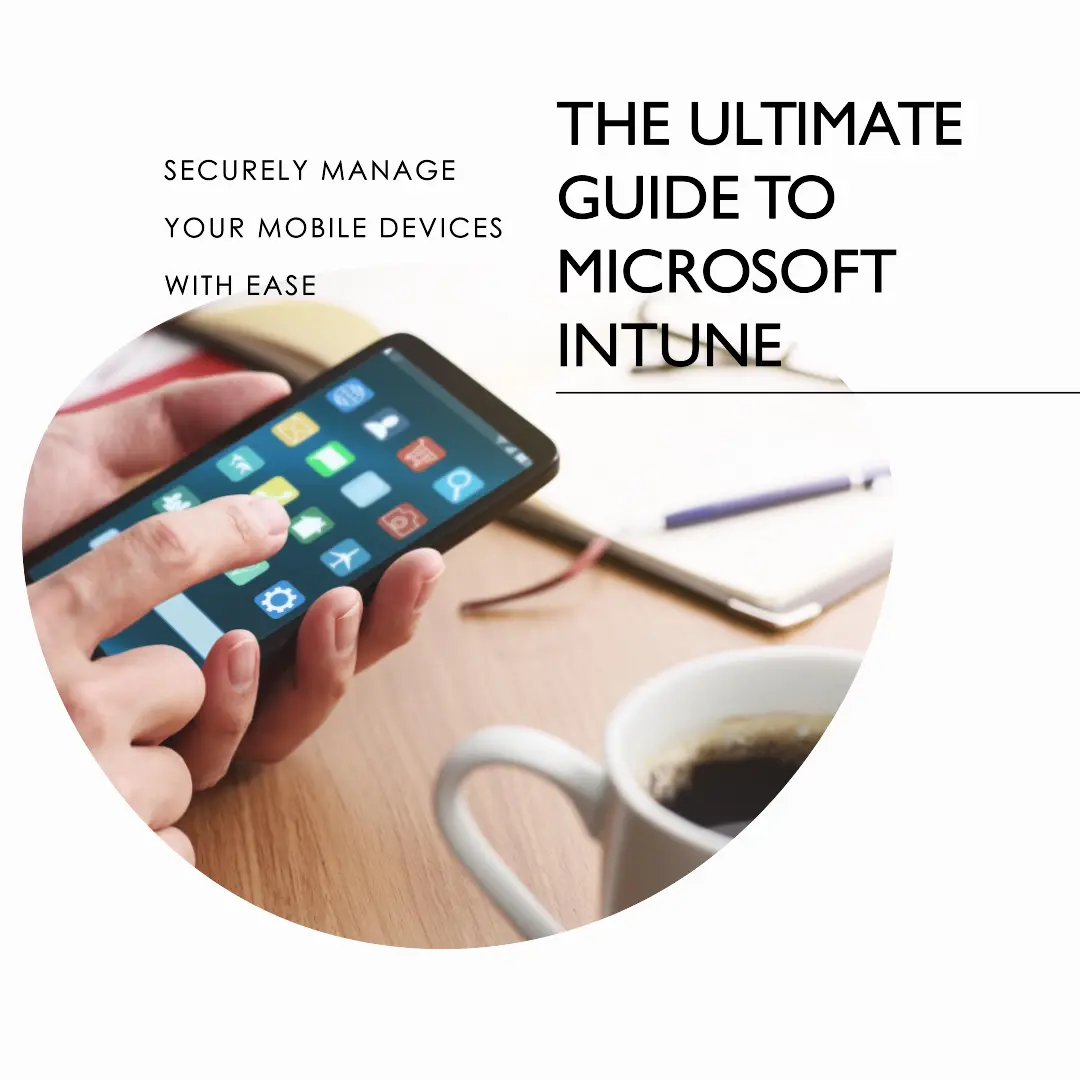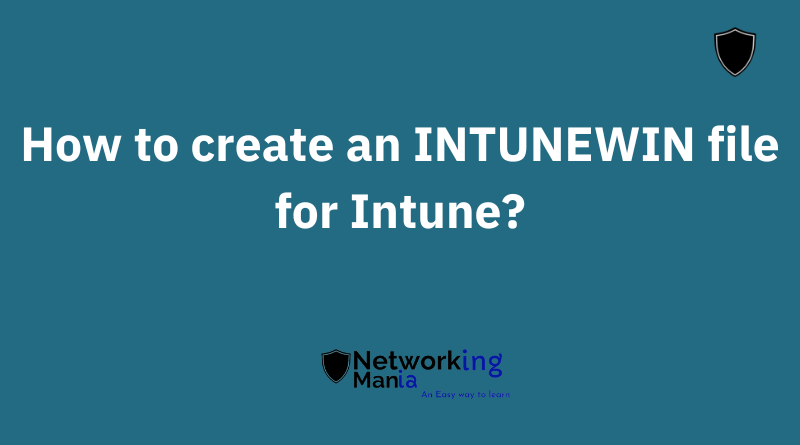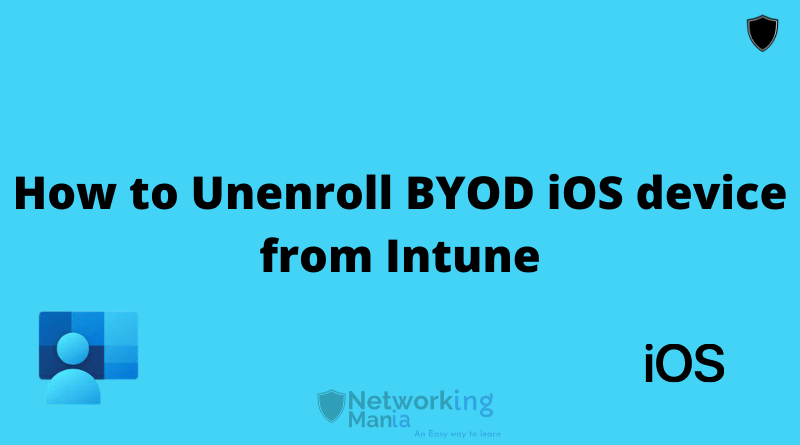Back in the day, IT admins were spending a lot of time in order to make custom windows images and uploading them to drive. Then once they have a physical device, IT admin has to be physically present on-site to upload the image and then give the device to the user.
On the other hand, windows autopilot eliminates those tasks. Windows autopilot allows admins to pre-configure new devices with zero to no physical presence near devices. So your users can get new devices quickly and easily without needing to visit guided setup.
With autopilot, Intune administrators can set up device management configuration profiles, policies, applications to deploy, and encryptions on new devices automatically using Delivery Optimization capabilities. This allows you to centrally manage settings for all of your users’ Windows 10 devices through a single online portal which is Intune. Now admins can simply configure it one time from Intune portal and rest all of your new devices will be enrolled with zero-touch deployment.
Resetting, repurposing, and recovering the devices are some other things you can also do with Windows Autopilot. With a process that’s easy and simple, this solution allows an IT department to achieve the above with little to no infrastructure.
But, What is the Windows Autopilot Process?
Windows autopilot is built for zero-touch deployment. First of all, you need to configure windows autopilot settings in your Intune portal and request your device manufacturer to upload device hash files to your Intune portal for the device that you are ordering.
After all the above has been done here is what the process will look like in simple words;
Windows Autopilot uses the OEM-optimized version of Windows 10. This version is preinstalled on the device, so you don’t have to maintain custom images and drivers for every device model. Instead of re-imaging a device, your existing Windows 10 installation can be transformed into a business-ready state.
Now, here we are talking about Azure AD join deployment. Hybrid autopilot is a little more complex than this because there are other factors you need to take care of.
This is what the whole process in the picture for windows autopilot including hybrid autopilot;

Requirements For Windows Autopilot
To use Intune, your organization needs to have a modern operating system (Windows 10 or higher), by using the Microsoft Intune platform, and have an administrator account configured. Here are some other requirements ;
The Benefits of Windows Autopilot in Intune
Windows autopilot can save you, and your admins a whole lot of time and resources by automatically setting up your devices for easy use. It allows devices to Automatically join devices to Azure Active Directory (Azure AD) or Active Directory (via Hybrid Azure AD Join).
You can have Customized OOBE content specific according to your organization. Enroll the user as a standard user, not a local admin. Moreover, it helps you to deploy policies and applications over the cloud with the help of an MDM solution i.e Intune.
For sure it does take some time to learn and configure autopilot properly, but once you do, you can leave the process on autopilot.
Some common Questions about Windows Autopilot;
Does Autopilot need Intune?
Windows autopilot is a feature available in Intune. So Yes, you need Intune to use Microsoft Windows autopilot.
What’s the difference between Intune and Autopilot?
Intune is a management platform that gives you the ability to manage devices, users, and applications from one place. Autopilot is a feature of Windows 10 that helps automate device configuration and deployment with the help of Intune.
That’s it my folks, hope this helps!









